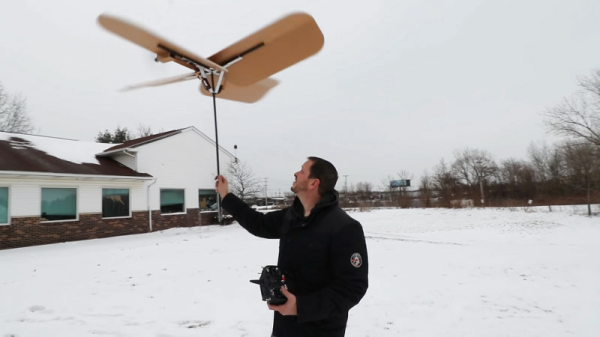Shenzhen, China is the home of the legendary electronics markets of Huaqiangbei. Friday was my first full day in the city, having spent the previous three days in Shanghai. We got a little bit of a late start as our flight didn’t arrive until after 1 am and we stayed at the first night at an airport hotel. We met up with Scotty Allen for an amazing meal followed by a very unique experience in the electronics markets, not just seeing the items, but meeting the booth owners who showed off some of their secrets.
The day was capped off by an absolutely packed meetup at X.factory, the collaborative creative space run by Seeed Studio. They lined up a half dozen hardware talks that were quite excellent, and there was a ton of hardware being demonstrated as the night progressed. They had to kick us out or we’d have stayed all night!
Continue reading “Hacker Abroad: Cellphone Repair In Huaqiangbei And A Huge Meetup At Seeed”




















